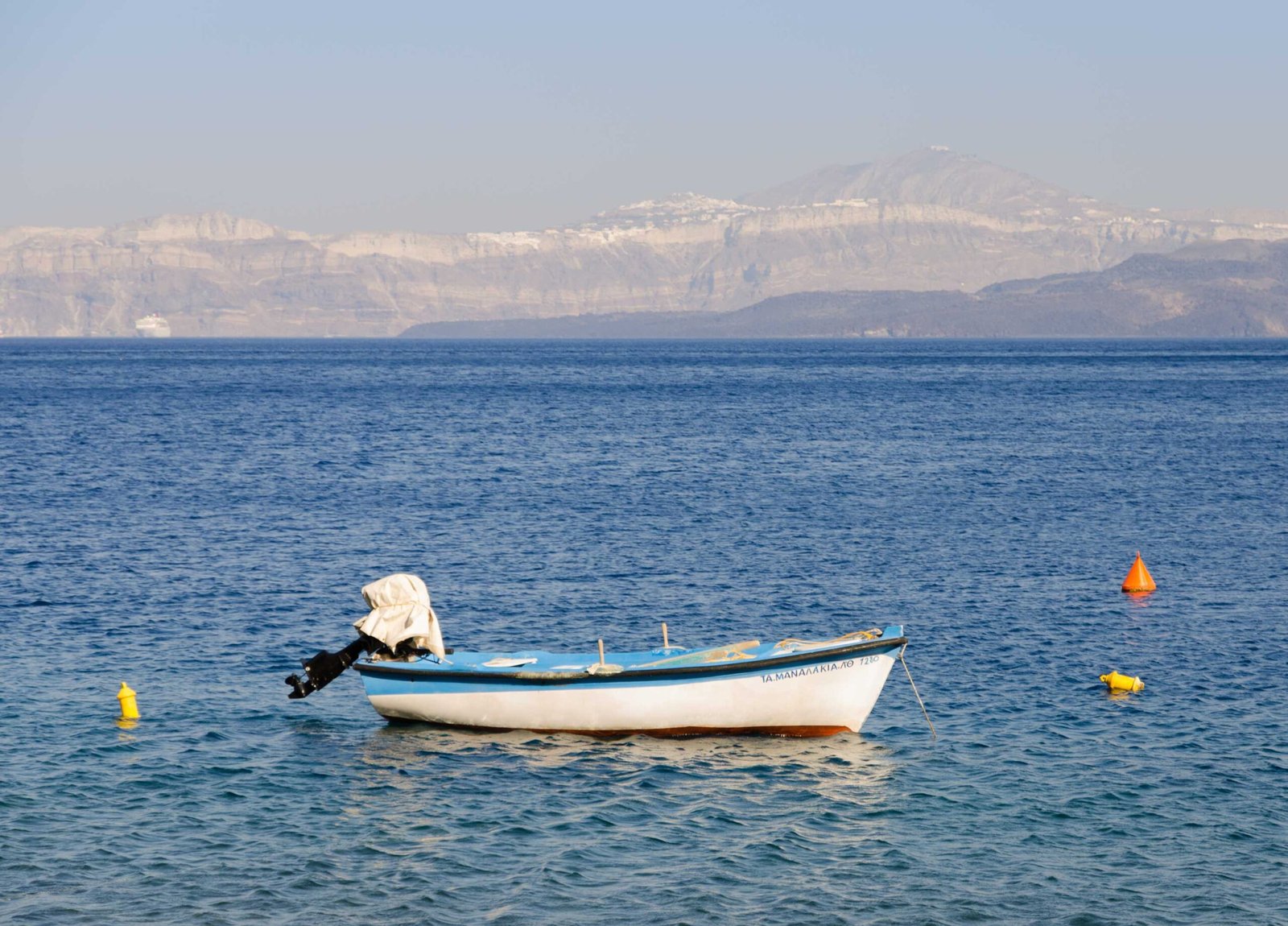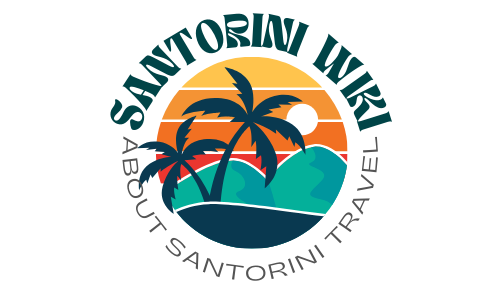Santorini, a picturesque Greek island in the Aegean Sea, is not only famous for its stunning sunsets and white-washed buildings but also for its rich archaeological heritage. The island’s volcanic history has preserved ancient civilizations, offering a unique glimpse into the past. Archeology in Santorini reveals a fascinating story of advanced Bronze Age societies, with the Akrotiri excavation site being the crown jewel of archaeological discoveries on the island.
What Makes Santorini’s Archeology Unique?

Santorini’s archaeological significance stems from its volcanic history. The Minoan eruption around 1600 BCE buried the ancient city of Akrotiri under layers of ash, preserving it in remarkable detail. This catastrophic event created a time capsule, allowing modern archaeologists to study an intact Bronze Age settlement.
Key features of Santorini’s archaeology include:
- Well-preserved multi-story buildings
- Advanced urban planning with paved streets and piping systems
- Exquisite frescoes and pottery
- Evidence of international trade and cultural exchange
What Can Visitors Expect at the Akrotiri Archaeological Site?

The Akrotiri archaeological site is the most significant excavation on Santorini. Here’s what visitors can expect:
- Guided Tours: Professional guides offer insights into the ancient city’s history and significance.
- Preserved Buildings: View remarkably intact structures from the Bronze Age.
- Artifact Displays: Observe tools, pottery, and other everyday items used by the ancient inhabitants.
- Frescoes: Admire colorful wall paintings that provide glimpses into Minoan life and culture.
Tour Details:
- Duration: Typically 7-7.5 hours
- Cost:
- Adults: €49
- Children (5-12 years): €24.50-€25
- Infants (0-4 years): Free
- Schedule: Daily tours from April to October (varies by operator)
How Has Volcanic Activity Influenced Santorini’s Archaeology?
The volcanic nature of Santorini has played a crucial role in preserving its archaeological treasures:
- Ash Preservation: Volcanic ash buried and protected ancient sites from decay and looting.
- Stratigraphic Record: Layers of volcanic deposits help date different periods of habitation.
- Geological Context: The island’s formation provides insights into ancient natural disasters and their impact on civilizations.
What Other Archaeological Sites Can Be Explored in Santorini?
While Akrotiri is the most famous, Santorini offers other archaeological points of interest:
- Ancient Thera: Ruins of a Hellenistic city on Mesa Vouno mountain.
- Prehistoric Museum of Thera: Houses artifacts from various excavations across the island.
- Archaeological Museum of Thera: Displays findings from the Roman and Byzantine periods.
How Have Recent Excavations Enhanced Our Understanding of Minoan Culture?
Recent archaeological work in Santorini has provided new insights into Minoan civilization:
- Advanced Technology: Evidence of sophisticated engineering and urban planning.
- Art and Culture: Frescoes and artifacts reveal a rich cultural life and artistic traditions.
- Trade Networks: Imported goods suggest extensive maritime trade with other Mediterranean cultures.
What Challenges Do Archaeologists Face in Santorini?
Archaeologists working in Santorini encounter several unique challenges:
- Fragile Structures: Preserving delicate ancient buildings exposed to the elements.
- Limited Excavation Space: Balancing archaeological work with modern development and tourism.
- Volcanic Activity: Ongoing geological instability can affect preservation efforts.
How Can Visitors Contribute to Archaeological Preservation in Santorini?
Responsible tourism plays a crucial role in preserving Santorini’s archaeological heritage:
- Follow designated paths and guidelines at archaeological sites.
- Support local museums and educational programs.
- Participate in guided tours to gain deeper understanding and appreciation.
- Avoid touching or removing any artifacts or structures.
What Future Discoveries Might Await in Santorini’s Archaeological Landscape?
The potential for future archaeological discoveries in Santorini remains high:
- Underwater Archaeology: Exploring submerged sites around the island.
- Unexcavated Areas: Large portions of Akrotiri and other sites remain to be excavated.
- New Technologies: Advanced imaging and dating techniques may reveal new information about known sites.
How Does Santorini’s Archaeology Compare to Other Aegean Sites?
Santorini’s archaeological sites offer unique features compared to other Aegean locations:
| Aspect | Santorini | Other Aegean Sites |
|---|---|---|
| Preservation | Exceptional due to volcanic ash | Varies, often less well-preserved |
| Time Period | Primarily Bronze Age | Range from Neolithic to Classical |
| Urban Planning | Advanced for its time | Often less sophisticated |
| Artistic Quality | High, especially frescoes | Varies by location |
What Role Does Archaeology Play in Santorini’s Tourism Industry?
Archaeology is a significant draw for tourism in Santorini:
- Educational Value: Offers insights into ancient Mediterranean civilizations.
- Cultural Heritage: Enhances the island’s historical significance.
- Economic Impact: Archaeological sites and museums contribute to local economy.
- Sustainable Tourism: Promotes responsible and culturally-aware travel.
In conclusion, the archaeology in Santorini offers a unique window into the ancient world, preserved by nature’s forces and uncovered by dedicated researchers. As excavations continue and new technologies emerge, our understanding of this remarkable island’s past continues to evolve, making Santorini a living laboratory of archaeological discovery.
References:
1. Kamaritoursexcursions.gr
2. GreeceTours.com
3. GreekHolidays.travel

